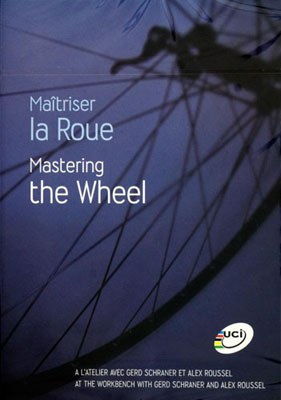Content:
In the world of angling, the traditional approach often involves using bait to attract fish. However, for those who are looking to explore alternative methods or simply enjoy the challenge, fishing without bait can be a rewarding and exciting endeavor. Here are some essential techniques that can help you master the art of catching fish without the use of饵料 (bait).
Understanding the Basics
Before diving into the techniques, it's important to understand the basics of fishing without bait. This method, often referred to as "baitless" or "bait-free" fishing, relies on the angler's skill, patience, and understanding of fish behavior. The key is to mimic the natural movements and appearances of fish prey without the use of traditional bait.
Live Baitless Techniques
One of the most effective ways to fish without bait is by using live baitless techniques. This involves using artificial lures or flies that mimic the movement and appearance of real prey. Here are some popular methods:

- Spoons and Spinners: These metal lures create vibrations and flashes in the water, attracting fish. They are particularly effective in clear waters where fish are more susceptible to visual stimuli.
- Soft Plastics: Soft plastic baits, like worms or grubs, can be rigged in various ways and can be fished in both still and moving water. The key is to impart a lifelike action that triggers strikes.
- Flies: Fly fishing without bait requires the angler to master the art of casting and presenting artificial flies that look like insects or other natural prey. This technique is popular in streams and rivers.
Lureless Techniques
Lureless fishing involves using just the hook and line to catch fish. This method can be challenging but also very rewarding. Here are some lureless techniques:
- Dead Drift: This technique involves letting the fly or lure drift naturally in the current, mimicking the movement of natural prey. It requires precise casting and control of the line.
- Nymphing: Nymphing is a technique used in fly fishing to catch fish that are feeding on the bottom. The fly is presented just above the substrate, imitating an insect's natural movement.
- Stillwater Techniques: In still waters like lakes and ponds, using a simple hook and line can be effective. The angler must learn to read the water and identify feeding fish before casting.
Sensitivity and Patience
One of the most critical aspects of baitless fishing is the ability to read the water and detect subtle signs of fish activity. This requires a high level of sensitivity and patience. Here are some tips:
- Feel the Line: Pay close attention to the feel of the line. Even the slightest tap or pull can indicate a fish taking the bait.
- Watch for Bites: Look for any indication that a fish is interested in your offering, such as a sudden stop in the line's movement or a rise in the water.
- Adjust Techniques: If you're not getting bites, don't be afraid to change your approach. Try different techniques, such as varying the speed of the retrieve or changing the depth at which you fish.
Equipment and Gear
The right equipment can make a significant difference in your success. Here are some key pieces of gear for baitless fishing:
- Light Line: Use a light line to increase your sensitivity and reduce the likelihood of spooking fish.
- Sharp Hooks: A sharp hook is essential for successful hookups. Make sure to check your hooks regularly and replace them if they become dull.
- Good Tackle: Choose tackle that is appropriate for the fish you're targeting and the conditions you're fishing in.
Practice and Experience
Like any skill, fishing without bait requires practice and experience. Spend time on the water, experiment with different techniques, and learn from your successes and failures. The more you fish, the better you'll become at understanding the habits of fish and how to present your offerings effectively.
In conclusion, fishing without bait is an art that requires patience, skill, and a deep understanding of fish behavior. By mastering the techniques outlined above, you can enjoy the thrill of catching fish while also challenging yourself to become a more skilled angler. Whether you're a seasoned pro or a beginner, the world of baitless fishing offers endless opportunities for growth and enjoyment.












